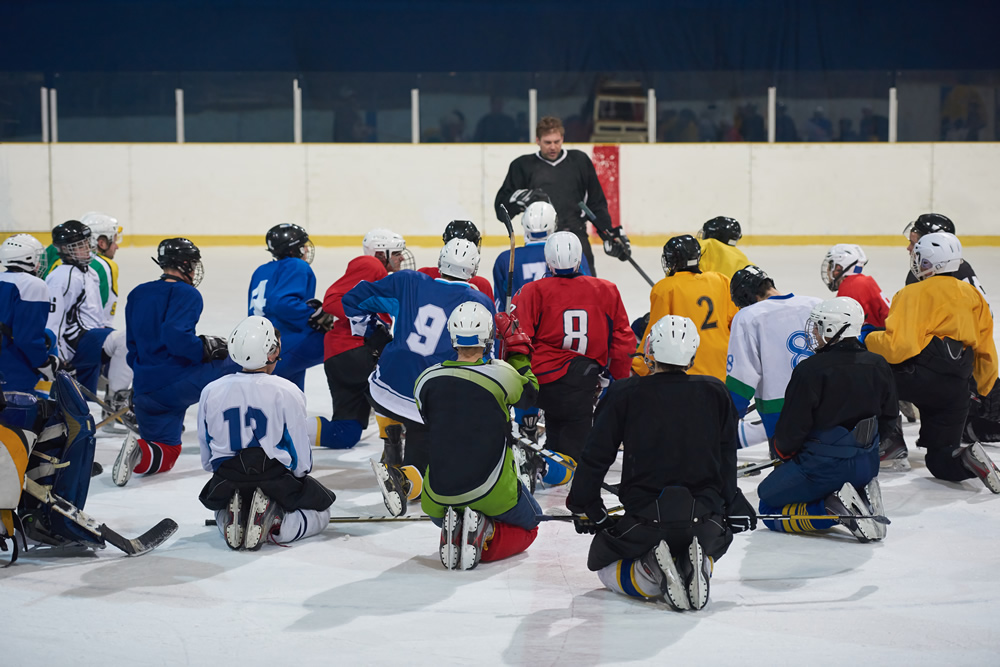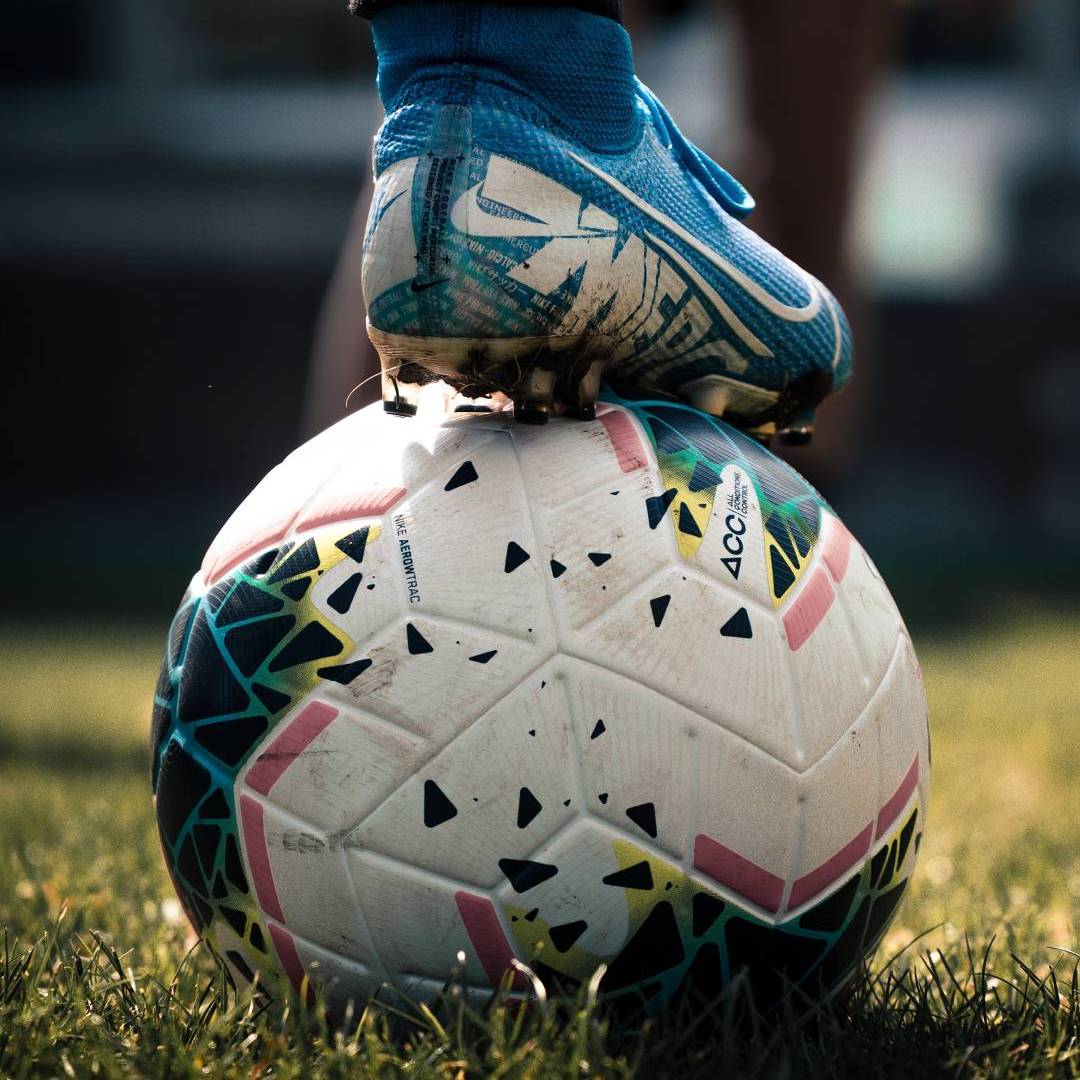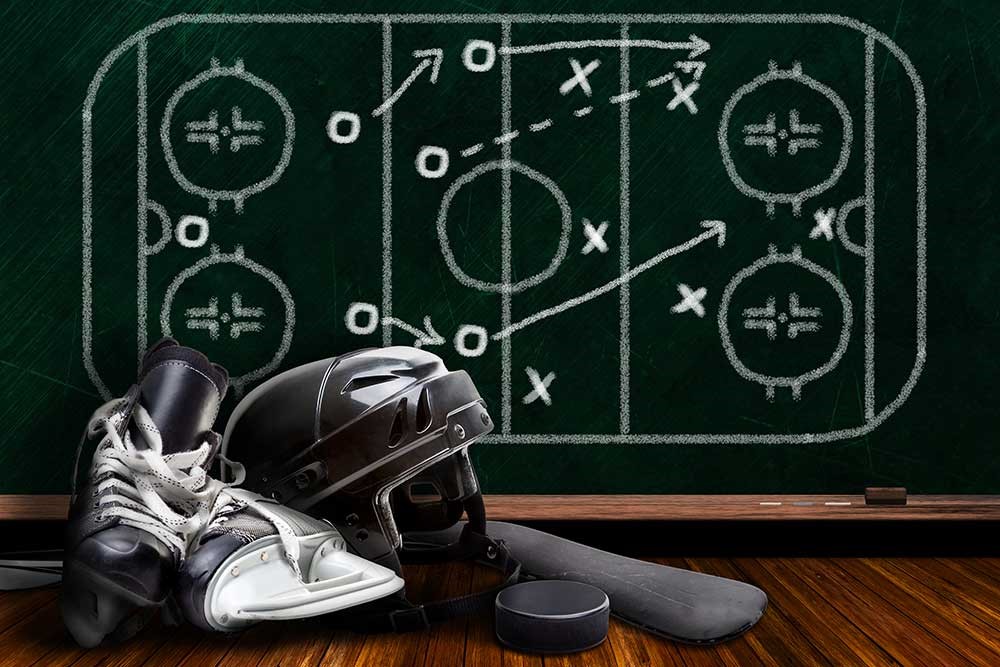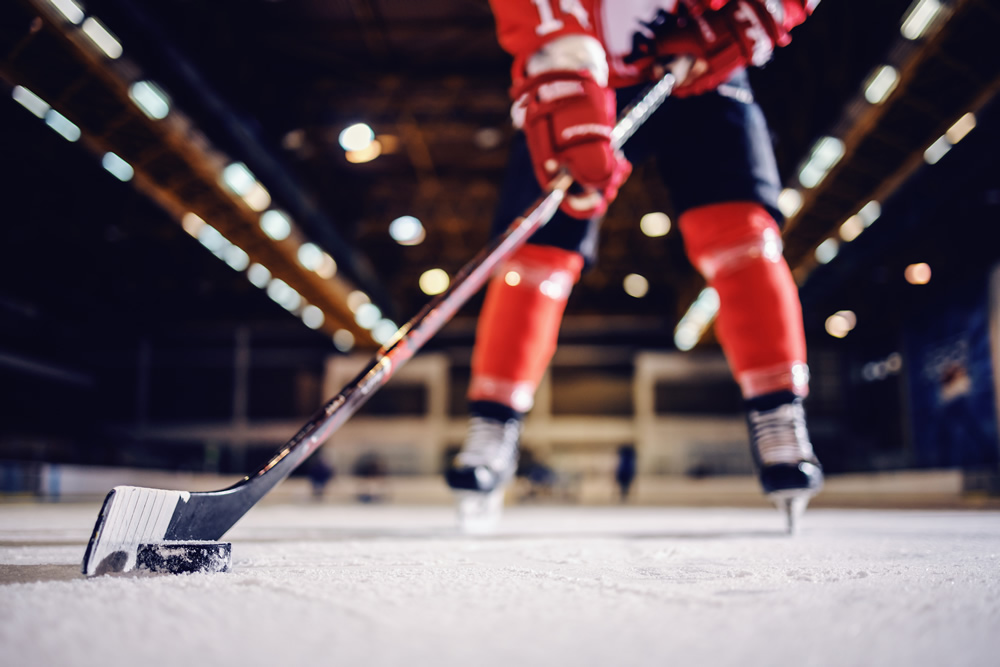
Hockey evaluation forms
When players are evaluated by hockeyevaluations.com we use a standardized set of forms to ensure each individual of the same skill and age level is graded and scored by the exact same criteria. Each player will be clearly identified by their sweater colour and number and be given a mark of between one and five for each on-ice drill with five being the best score. Skaters will be graded on aspects of the game such as shooting, skating, puck-handling skills, positional play, passing and checking as well as defensive tactics and offensive tactics.
When it comes to goaltending, the netminders will be graded on skating, balance, backwards/forwards and side to side movement, save selection and consistency, rebound control, angles and positioning, competitiveness, and anticipation. Our evaluators will also score all players on several intangibles including a player’s hockey sense; their play without the puck; strength; body positioning; anticipation; discipline; patience/panic level; work ethic; intensity; coachability; mental toughness; dependability; focus/concentration; resourcefulness; creativity; cooperation; leadership; fitness; system play and communication as well as their level of battle and involvement and unselfishness on the ice.
Each general skill consists of numerous components and these will all be noted. For example, a player’s overall skating ability consists of a variety of aspects such as mobility, strides, balance, turning, acceleration, speed, crossovers, stops and starts, change of pace, agility, pivots, lateral movement and backwards skating. For shooting, specific skills that are noted include accuracy, power, speed of release, shooting while in motion, a player’s variety and selection of shots, the follow-through and the ability to execute one-timers etc.
On a scale of zero to nine with whole numbers only being used; 0-1 means very weak; 2-3 equals below average; 4-5 means average; 6-7 equals above average and 8-9 equals outstanding. The aim of using the scale is to rank the individuals in the on-ice session from bottom to top. Please see our criteria page for more detail on the ranking system. The grading forms have been designed to provide an impartial and fair assessment of an individual’s hockey sense and abilities exhibited during the skills and game sessions. This enables organizations to place each player on the right team when it comes to their skill level as they’ll be competing against players of a similar caliber. Balanced teams can then be formed which will offer a much greater level of fun, competitiveness and development for all players involved.





